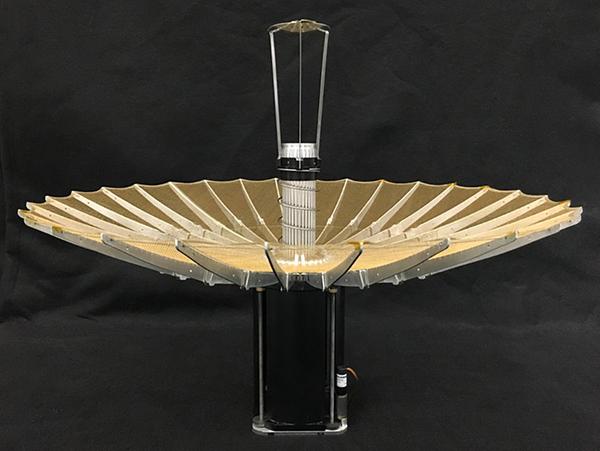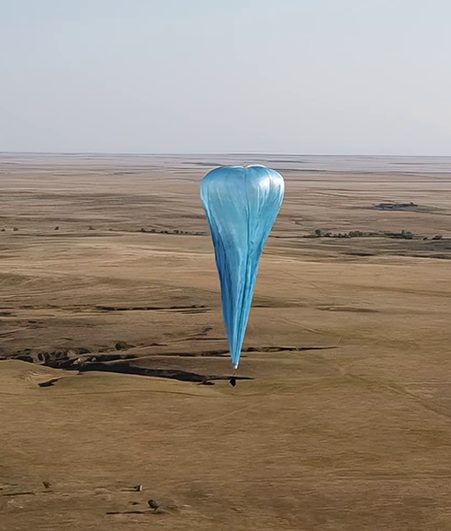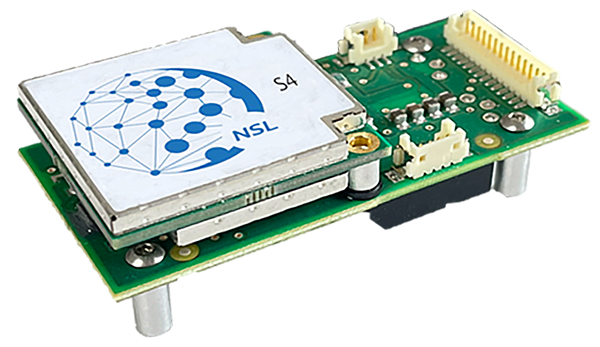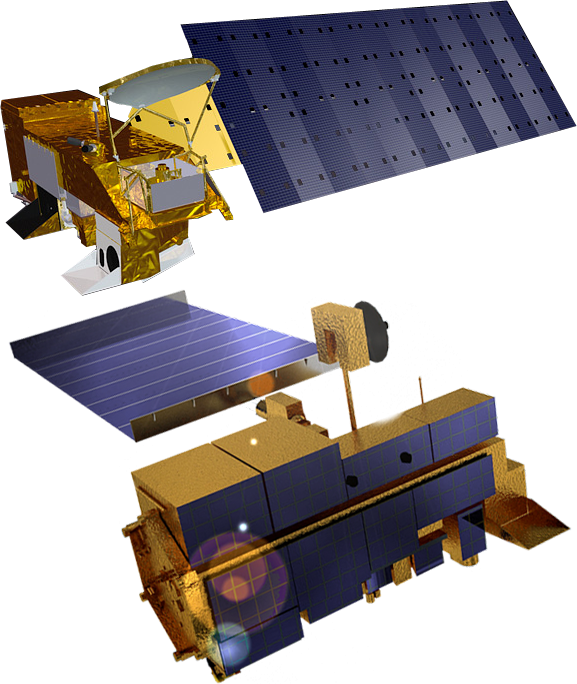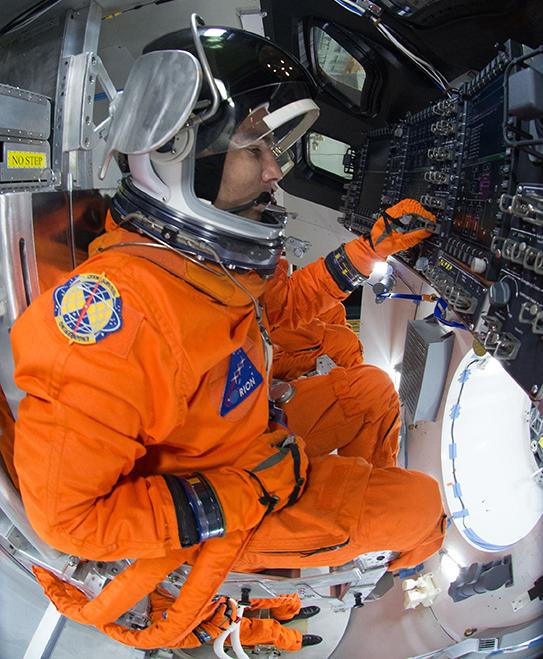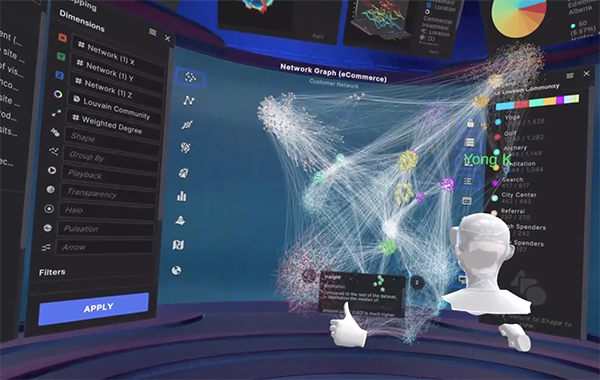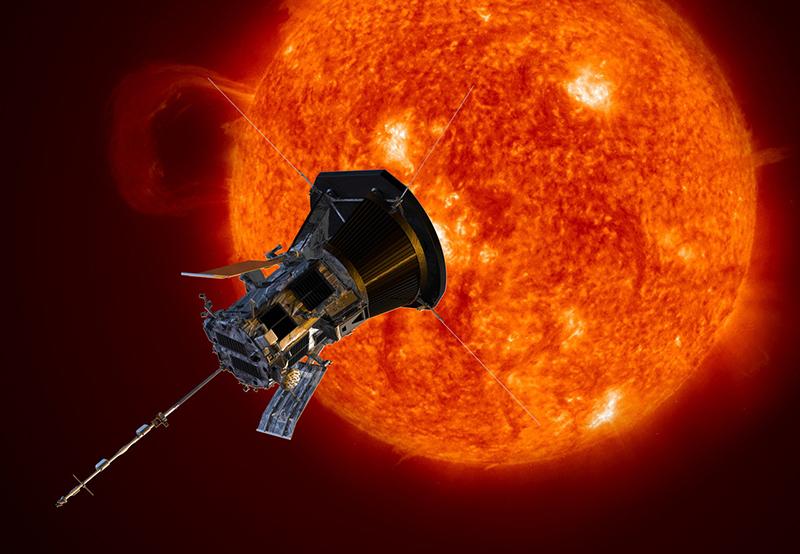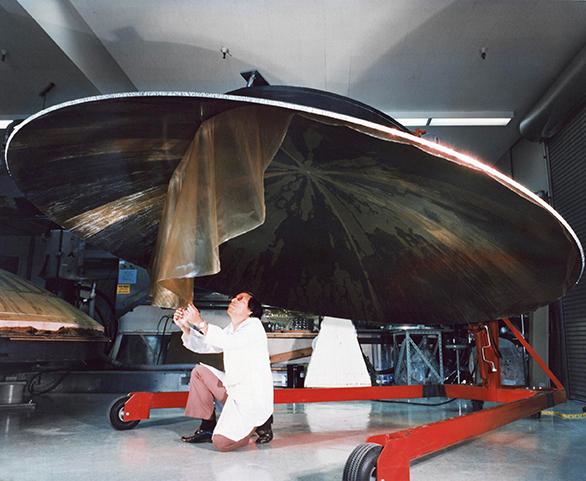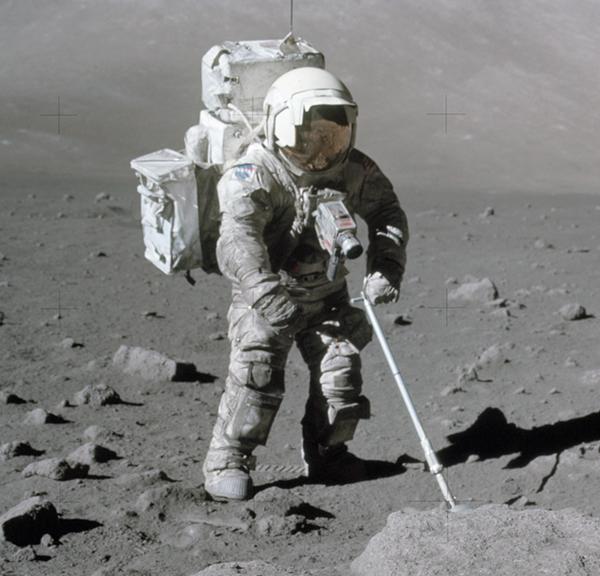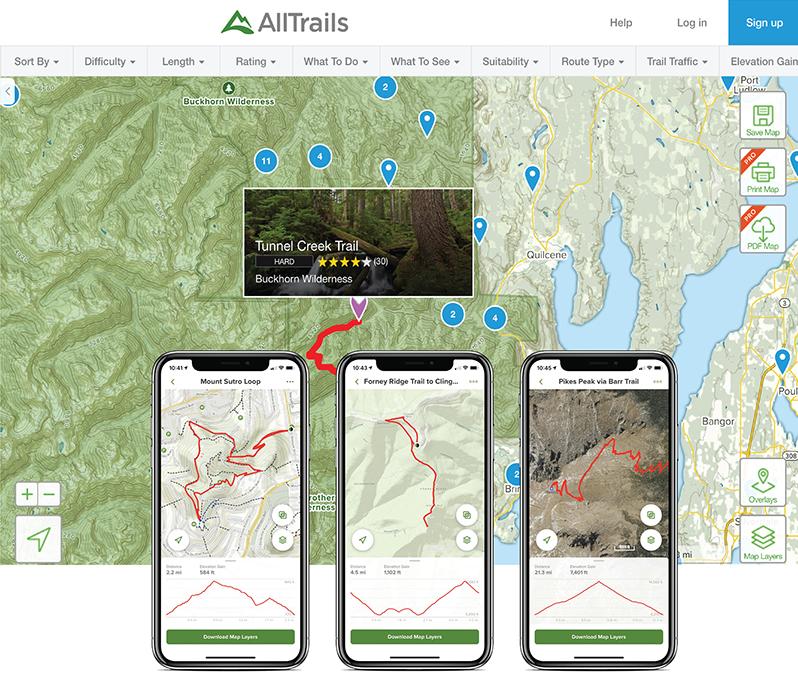Software of Seismic Proportions Promotes Enjoyable Learning
Originating Technology/NASA Contribution
While working for NASA, Jack Sculley and Terry Brooks had a revelation. They wanted to find a novel and unique way to present the scientific principles of NASA research to the public, so as to not only enlighten, but entertain. Suddenly, their revelation morphed into something even grander. “Why stop at NASA?” they asked themselves. With this thought, Sculley and Brooks left NASA and set out to convey voluminous scientific findings from different organizations in the form of digital, interactive media that would enhance the exploration and adventure interests of people of all ages.
Sculley, a former researcher at Ames Research Center, the Jet Propulsion Laboratory (JPL), and Apple, Inc.’s and LucasFilm Ltd.’s multimedia labs, and Brooks, a former public information officer at JPL and an Emmy award-winning documentary film producer, founded Seismic Entertainment in 1989 to communicate their “edutainment” ideas. The two acknowledge that NASA has provided much of the inspiration and content for Seismic Entertainment over the past decade and a half. Additionally, Sculley’s experience as a virtual reality and Mars specialist and Brooks’s experience creating NASA public access programs were significant to the San Francisco-based company’s success. Its most recent project, “Inside NASA,” provides virtual tours of NASA’s field centers and allows for a comprehensive focus on the broad range of NASA programs for the benefit of the general public.
Partnership
In addition to the inspiration and knowledge acquired while employed by NASA, the founders gained assistance from the Agency in the form of Small Business Innovation Research (SBIR) contracts. They applied for a NASA SBIR grant with Marshall Space Flight Center in 1998, and were awarded a Phase I feasibility study contract and later a Phase II commercialization contract to develop virtual tours of NASA facilities, Web sites, image archives, and programs.
Together with Tom Simmons, Seismic Entertainment’s producer, Sculley and Brooks visited all 10 NASA centers and several subsidiary facilities, and pored over countless NASA Web sites, data archives, and program outreach materials before selecting the final set of locations and programs to feature in the “Inside NASA” product. Photographic scouting visits to all the centers led to final location shot lists, which were developed with the centers’ public information and outreach personnel.
Photography began in 2001, and a special hemispheric lens was used to create spherical panoramas of numerous locations, including rocket test chambers, launch pads, astronaut training facilities, scientific test facilities, and rover obstacle courses. Production of the virtual tours commenced that fall. The ensuing software product featured the field center tours, in addition to 10 topic tours, which followed programmatic themes across multiple centers, such as aeronautics, robotics, rocket engine development, astronaut training, and space science research.
Initial versions of each center’s tour were uploaded to a private site, where NASA public information personnel could access them and provide feedback to the Seismic Entertainment staff. The final “Inside NASA” software product was released for public use on CD-ROM in late 2003, and NASA has folded the virtual tours into several new employee training and outreach Web sites.
Product Outcome
Designed for NASA, educators, and the general public, and employing the latest developments in virtual reality, “Inside NASA” is available in science center stores and retail outlets across the country. One of its many highlights is an extensive tour of Johnson Space Center, developed in collaboration with Johnson’s staff. In embarking on this virtual tour, users can take a plunge with astronauts in the National Buoyancy Laboratory, a 22.7 million-liter swimming pool in which fully-suited astronauts spend 7 hours training for every hour they will spend spacewalking during a mission. Users can also wander through Space Shuttle and Space Station simulators, and observe experiments being performed in large, zero-gravity vacuum test chambers.
To navigate a tour, users can either move a cursor over the up, down, left, and right arrow tabs to travel in any of these directions, or click and drag within the image itself. When browsing a panoramic image, hotspots will appear with subject titles concerning areas of interest. To learn more, users can simply click on the hotspot. For example, when taking a virtual stroll through the Ames Extremophile Laboratory (Extremophiles are life forms which thrive in harsh conditions on Earth, analogous to those on other planets.), individuals can click on a workstation to learn about an actual microbial sample taken from a salt pond in Baja, California, and how it could provide NASA with insight into early life on Earth and protecting life in space.
Other features include “zoom in” and “pan” buttons for getting closer looks; “next” and “back” buttons that move users through the tour chronologically; color-coded nodes that let users know their current location within a tour; topic and center “badges” that are awarded upon completion of each tour; and an online chat zone for posing questions and discussing the tours with other users.
“Inside NASA” also steps well outside of the NASA field centers’ front doors to give its audience an adventurous yet informative panoramic look at some of the heavenly bodies above. These images explore the landscape of the Moon, as seen from the Apollo 17 lunar rover; the Martian surface, as seen from the Viking 2 lander; and the red spot of Jupiter, as seen from the planet’s Jovian moon, Europa, via the Galileo orbiter.
Through Seismic Entertainment, Sculley and Brooks have flexed their NASA know-how in developing other interactive educational products. They created the “Exploring Other Worlds” interactive exhibit series for the Smithsonian Institution’s National Air and Space Museum. For this effort, Seismic Entertainment was selected for permanent exhibition by the Smithsonian, and won the gold medal at the New York Film Festival in the “Best Museum Exhibit” category.
The company also takes its customers on virtual expeditions of Antarctica and legendary lost cities. Its “Antarctica: Ross Island Area” CD-ROM features panoramas taken by expert researchers and live tours of the National Science Foundation facilities located on the cold, remote continent. Its “Palenque: Lost City of the Maya” CD-ROM employs panoramas and educational material from Dr. Merle Green Robertson, a leading curator of pre-Columbian art at the De Young Museum in San Francisco. A separate-but-similar themed product called “Lost Worlds: Atlas of the Unknown” boasts an interactive electronic atlas of 12 “lost world” regions, with character guides, virtual tours of important cultural, archaeological, and scientific sites within the regions, and live chats with archaeologists.
Seismic Entertainment’s interactive software products have been featured on CNN and “Good Morning America,” and in Newsweek, Entertainment Weekly, and the San Jose Mercury News.
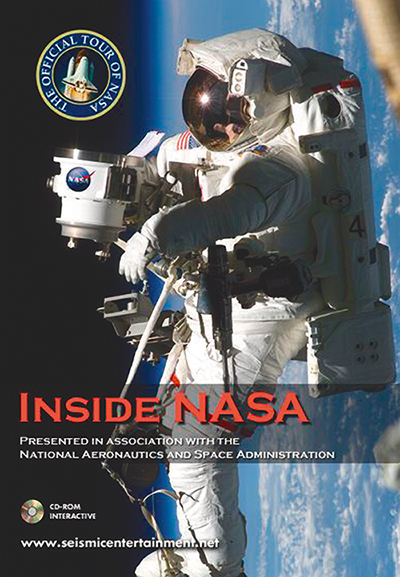
“Inside NASA” is packed with in-depth virtual tours that let users discover the inner workings of NASA, as well as the outer reaches of space.
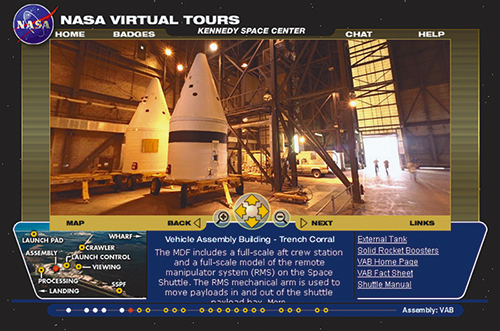
A virtual visit within NASA’s Vehicle Assembly Building, where nose cones for the Space Shuttle solid rocket boosters await assembly. The Vehicle Assembly Building is one of the largest buildings in the world, by volume. With a volume of 3,665,013 cubic meters, it can house nearly four Empire State Buildings. As another indicator of size, the American Flag painted on the exterior of the building required 6,000 gallons of paint, with each stripe on the flag being as big as the tour buses used to transport visitors around Kennedy.




